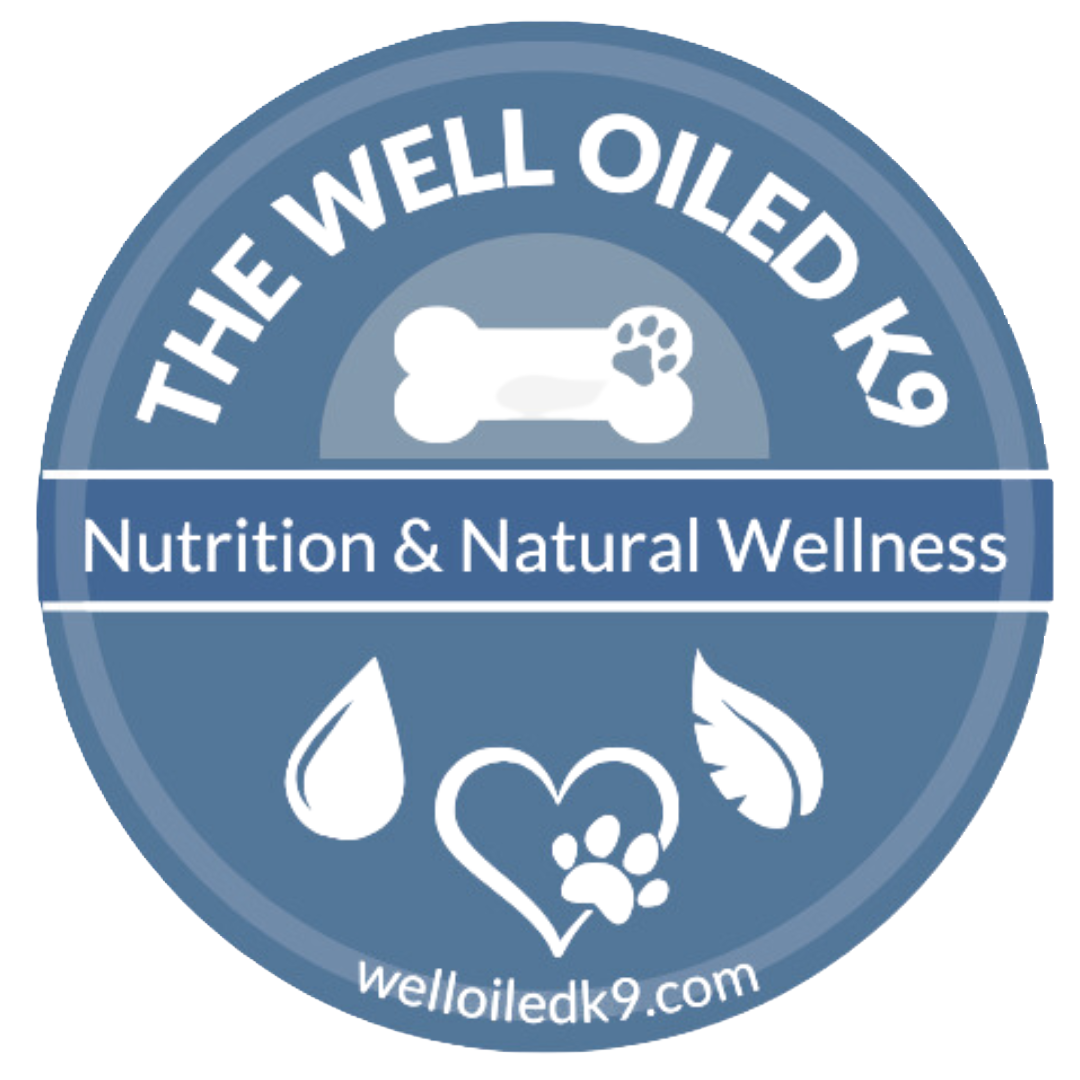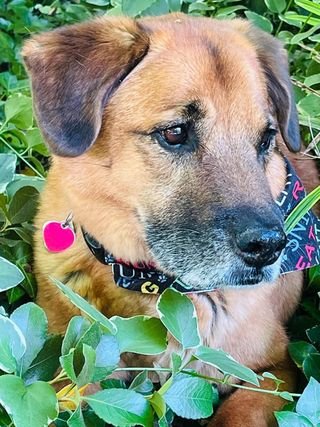Hidden Dangers of Plastics in Your Dog’s Food and Water Bowls
We’re all trying to do what’s best for our dogs—choosing high-quality food, providing fresh water, and ensuring they live long, healthy lives. But have you considered the hidden dangers lurking in the bowls and storage containers we use every day? Plastics are everywhere, and they can pose serious risks to your dog's health. Let’s talk about why you should rethink using plastic for your dog's food and water and what safer alternatives exist.
Why Plastic is a Problem for Your Dog
Plastic might seem like a convenient, inexpensive choice, but it comes with significant risks:
Chemical Leaching: Many plastics contain harmful chemicals like BPA (Bisphenol A), phthalates, and other endocrine disruptors. These chemicals can seep into your dog’s food and water, leading to potential health issues such as hormonal imbalances, thyroid dysfunction, and even cancer.
Bacterial Growth: Plastic surfaces are porous and easily scratched, creating tiny crevices where bacteria like E. coli and Salmonella thrive. Even regular washing may not completely remove harmful pathogens.
Microplastics & Contaminants: Over time, plastic degrades, especially when exposed to heat, moisture, or acidic foods. This degradation can release microplastics into your dog’s diet, contributing to inflammation, gut issues, and toxin buildup.
Odor & Taste Absorption: Ever notice how plastic bowls develop a funky smell over time? That’s because plastic absorbs oils, bacteria, and residue from food, which can make meals unappetizing for your dog and potentially harmful.
Plastics to Avoid
Not all plastics are equal, but when it comes to feeding your dog, it’s best to avoid them altogether. If you must use plastic temporarily, be mindful of these:
🚫 Avoid plastic bowls and containers labeled with recycling codes #3 (PVC), #6 (PS), and #7 (Other), as they are most likely to contain harmful chemicals.
🚫 Skip cheap plastic toys or chew items that break down easily—your dog may ingest microplastics or chemicals from these as well.
🚫 Never store food in plastic bags or containers long-term, especially in warm or humid conditions where plastic degradation speeds up.
🚫 Avoid heating food in plastic containers. Heat causes plastics to leach chemicals more rapidly.
Safe Alternatives to Plastic
The good news is that there are plenty of safe, non-toxic alternatives to plastic for feeding and hydrating your dog:
✅ Stainless Steel Bowls – Durable, easy to clean, and non-porous. Look for food-grade, non-coated stainless steel.
✅ Ceramic Bowls – Ensure they are lead-free and glazed with food-safe materials to prevent chipping and bacterial buildup.
✅ Glass Storage Containers – Ideal for storing food, treats, or leftovers. Glass doesn’t leach chemicals and keeps food fresh.
✅ Silicone Mats – If you use a feeding mat, opt for food-grade silicone instead of plastic.
✅ Bamboo or Natural Fiber Bowls – Some eco-friendly brands offer safe, biodegradable bowls, but ensure they don’t contain synthetic coatings.
✅ Metal or Glass Water Dispensers – If you use an automatic water dispenser, choose one with stainless steel or glass components instead of plastic.
Best Practices for Safe Feeding
Regardless of what type of bowl or container you use, follow these best practices to ensure your dog’s health:
✔ Wash bowls daily with hot water and natural soap to prevent bacterial buildup. ✔ Replace bowls that show scratches, cracks, or discoloration. ✔ Store dog food in airtight glass or stainless steel containers instead of plastic bins. ✔ Use stainless steel or glass for water bowls, especially outside, as plastic can break down faster in sunlight. ✔ Avoid plastic scoopers for dry food—use metal or bamboo alternatives instead.
Final Thoughts
Small changes can make a big difference in your dog’s health. Avoiding plastic in their food and water routine is a simple yet powerful way to reduce exposure to harmful chemicals, bacteria, and contaminants. Investing in high-quality, non-toxic bowls and containers is an easy step toward giving your dog a healthier, longer life.
Take a moment today to assess what you’re using—could it be time to upgrade? If you’re unsure where to start, reach out! I’d love to help guide you toward the best choices for your dog’s health and well-being.
Top 5 Things to Do Today
Ditch the plastic food and water bowls – switch to stainless steel, glass, or ceramic.
Check your food storage containers – replace plastic with glass or metal.
Wash bowls daily – reduce bacteria and keep your dog’s food fresh.
Avoid heating food in plastic – use glass or ceramic instead.
Inspect all dog-related plastics – remove anything that could be breaking down or leaching harmful chemicals.
Your dog depends on you to make safe choices. Let’s keep them happy, healthy, and plastic-free!

